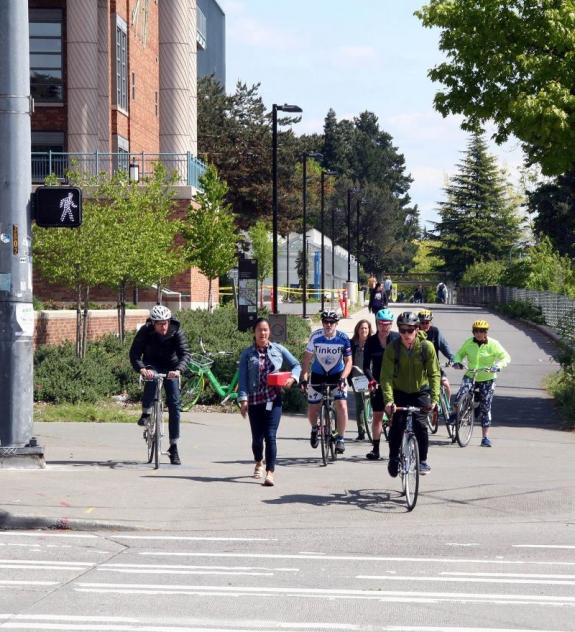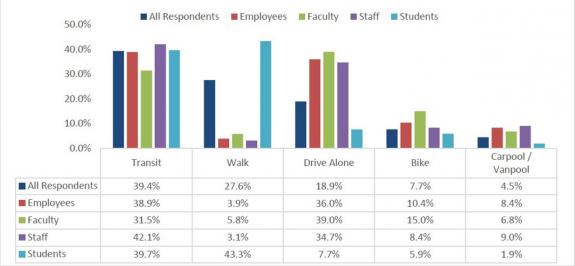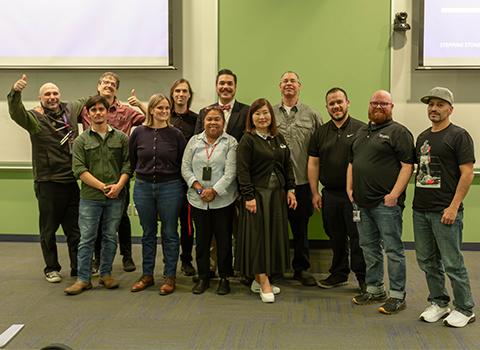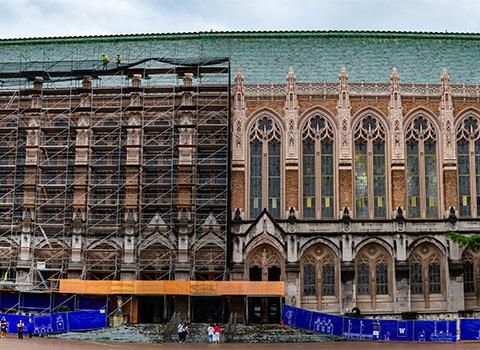How we get to campus
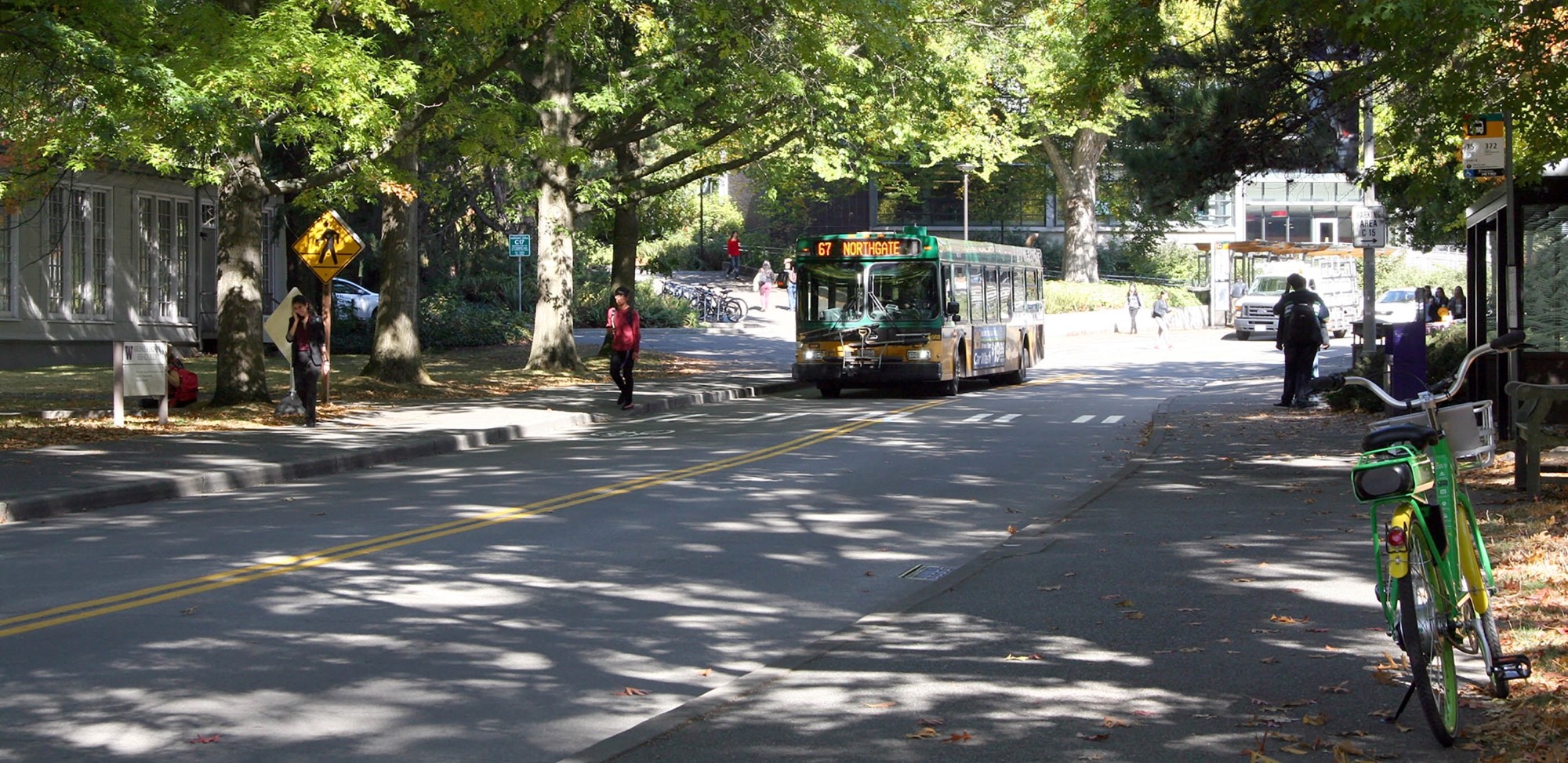
Every year, UW Transportation Services conducts a survey that measures how UW students, faculty and staff get to campus (by way of bus, walking, biking, carpool and vanpool). The results from this survey provide valuable insights into our commute behavior, especially of interest as the campus and population grow and change.
Planning for the future
Planning for the future
On average, UW students, faculty and staff work or attend classes just over four days each week.
“With a weekly average of four days of traffic transporting about 75,000 people to campus every day, the overall campus drive-alone rate (DAR) was 19 percent for 2018,” says Anne Eskridge, director, Transportation Services. According to Commute Seattle, the DAR in the U-District is 38 percent, much higher than that of the UW.
The University is expecting to see 20% growth in the total population of the campus over the next 10 years, according to the Campus Master Plan. This would mean adding more than 7,000 people to campus, on top of the 72,523 that come here already. The Campus Master Plan also outlines other important goals and metrics the University must meet. These metrics include reducing the amount of parking spaces available on campus from 12,000 to 9,000 to accommodate more buildings and people, as well as hitting a 12% DAR by 2028.
“The survey tells us where we need to pay closer attention to meet our customers’ needs,” says Caryn Walline, Commute Options & Planning manager. “By understanding where commute trends are shifting, we can focus our efforts on addressing areas important to our customers, including first and last mile connections to transit, additional bike parking and rideshare options. This is especially important as our campus continues to grow and evolve.”
“Transportation Services is pleased to provide students, staff and faculty with commute products and options that not only save them money, but help save our environment as well,” says Eskridge. “By adopting other modes like transit, we will continue to be a sustainable campus and reduce our overall carbon footprint.”
Guess who's coming to campus?
Guess who's coming to campus?
Students account for 60% of all trips taken to campus in a typical week, with staff making up 28% and faculty 12% of all other trips. Nearly all – 96% –trips are made during the traditional work week (Monday-Friday). For these weekday trips, transit accounts for twice as many trips as driving alone. Transit is the most popular method for commuting among staff and employees, and second most utilized by students.
The 2018 survey was administered using both telephone and online methodologies. The research effort resulted in 1,736 completed interviews during the survey period: 640 students, 921 faculty members, and 805 staff.
U-PASS makes life easier
U-PASS makes life easier
The U-PASS, our low-cost, all-access transit pass still proves to be an extremely valuable resource for the UW community. Not only do we see transit as the most popular commute mode, but 92% of U-PASS members are satisfied with the U-PASS program. Approximately four out of five students agree that U-PASS makes it easier for them to attend classes and nearly three out of four employees agree that U-PASS is a benefit of working at the UW.
U-PASS members save on the retail cost of transit fares. Currently, the U-PASS covers fares on King County Metro Transit, Community Transit, Pierce Transit, Kitsap Transit, Everett Transit, Sound Transit, King County Water Taxis, Kitsap Fast Ferries and Seattle Streetcar.
“We are grateful for all the transit partners that we have because it allows us to have a product that works well for our entire campus community. We understand that folks come to campus from all around the Puget Sound, so it’s great to have different offerings for fare coverage,” says Walline. “We hope the U-PASS continues to be an affordable, easy-to-use transit pass with even more transportation options included.”
For more information about the U-PASS, click here. To learn more about the key findings from the 2018 Transportation Survey, click here. For past survey results, visit our Publications webpage.
